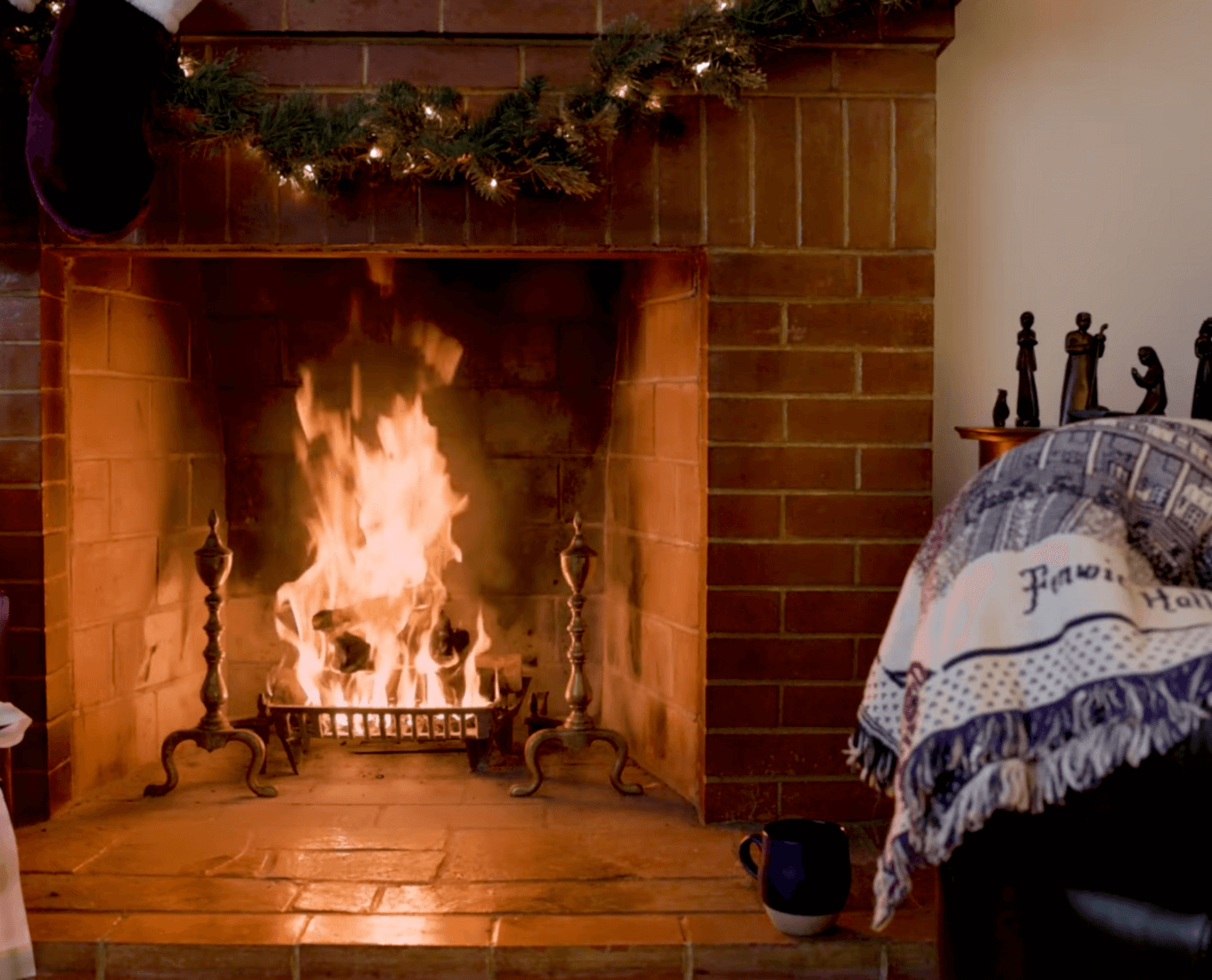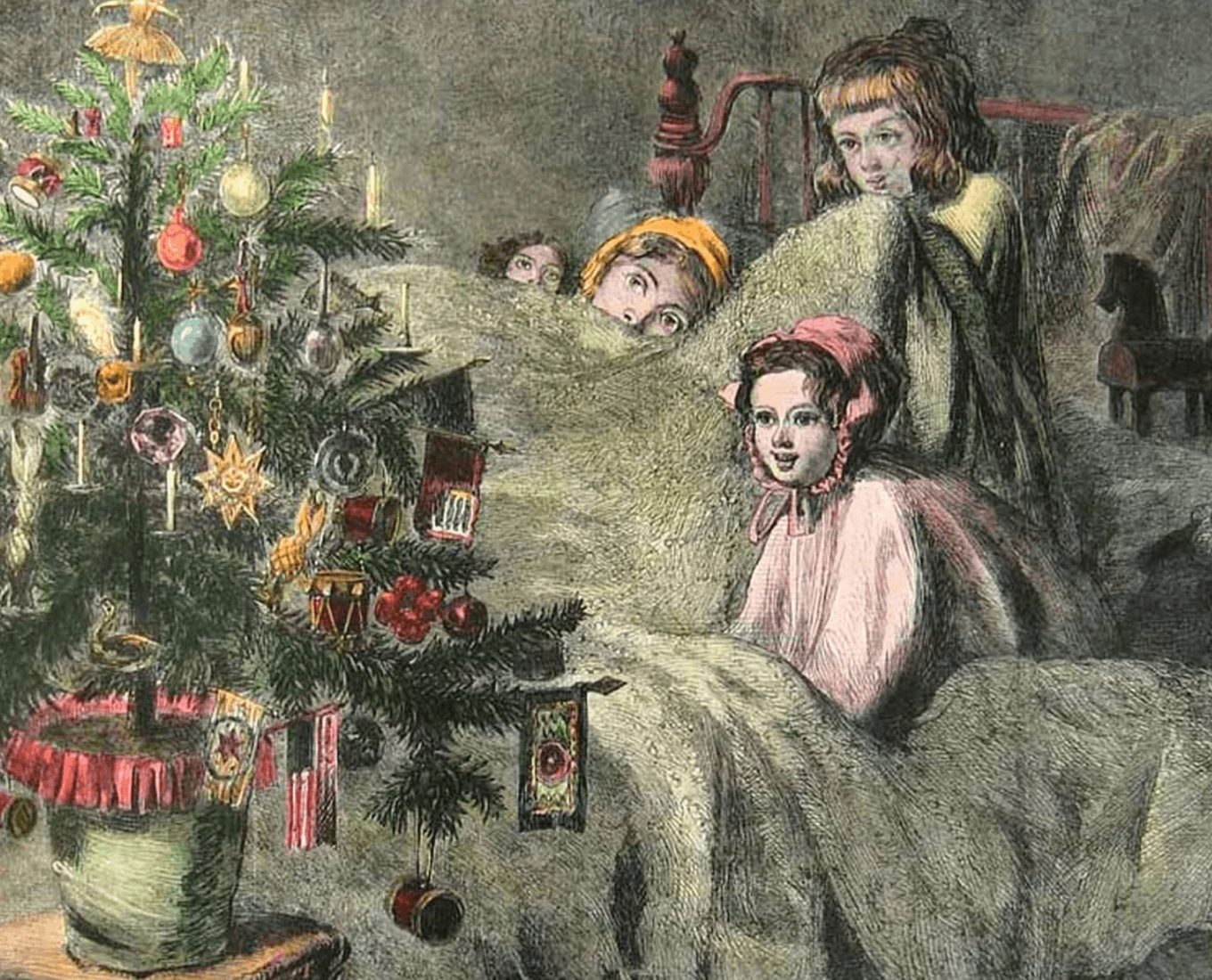Dry, sunny days in early September lend themselves well to bright colors, which means this year’s fall colors will be impressive: “I would predict a spectacularly beautiful fall,” said Kelly Wolfe-Bellin, Senior Lecturer & Director of Biology Labs.
“Worcester is a week behind the rest of Central Massachusetts,” she noted, placing peak color in mid to late October. This is due to the urban heat island (UHI) effect and the particular mix of trees, she explained.
UHI is a developed area that experiences higher temperatures than surrounding areas due to infrastructure, such as buildings, pavements and roads, which absorb and re-emit the sun's heat at a greater level than natural landscapes,
As leaves change color in response to cool fall nights, the higher temperatures of a UHI means that nighttime temperatures will remain higher until later in the season, delaying the color change.
The species of trees in an area also plays a role in this phenomenon. It’s no secret that maple trees are a key ingredient to New England’s fall colors — but not all maples are created equal.
Most maples on Mount St. James are Norway Maples, rather than the native sugar maple, Wolfe-Bellin notes. Oftentimes, arboretums, such as the Holy Cross campus, will bring in non-native-but-related species that have properties landscapers are looking for, in this case, fast growth, leafing out earlier in the spring and holding on to their leaves longer in the fall.
Foliage forecast
Climate change has made its presence felt through the seasons, with noticeably warmer winters and wetter summers, which means colors will peak later everywhere, similar to the localized UHI effect observed in the Worcester area, but also for a shorter time span.
“The key thing is that winter is warmer than it was,” Wolfe-Bellin said. “Spring is coming a little earlier and fall coming later — it’s well-documented to have moved about a week earlier and later, respectively, but possibly even longer.”
An overall warmer fall would also mean less-vibrant reds and purples, as these depend on a compound called anthocyanin, produced by leaves in response to cool nighttime weather. Warmer temperatures at night will decrease anthocyanin production. The extended stretch of dry weather in August and September this year could also mute fall color.
It’s not all bad news, however. As the day shortens, chlorophyll breaks down in a tree. With a lack of chlorophyll, which gives the leaves their green color, compounds called carotenoids come to the fore and provide the leaves with pops of orange and yellow.
“Yellow is a response to length of daylight, so is not affected by climate,” Wolfe-Bellin said.
With a variety of trees on display on The Hill, there’s a lot of color to enjoy in the fall. Wolfe-Bellin recommends a well-traveled area of campus for fantastic views.
“I really enjoy Linden Lane,” she said. “It has a nice diversity of trees — lined with Linden trees, honey locust, as well as other deciduous trees, like two ginkgo trees that are beautiful, and some ash trees.”
Update on the way
In addition to being a residential college, Holy Cross is also an arboretum, home to more than 800 trees. Wolfe-Bellin is working on updating the College’s guide to the campus arboretum, which was last updated in 2009.
It’s no small undertaking, with several new buildings, as well as new plants and shrubs, taking up residence on campus since the last update. With the help of two student research associates, hired thanks to funding from the College’s J.D. Power Center for Liberal Arts in the World, Wolfe-Bellin is beginning the project this fall.
Originally a biology major at the College of Saint Benedict in Minnesota, she entered the field of plant ecology almost by accident. “I took my first botany class in sophomore year by luck,” Wolfe-Bellin said. “It just sort of fit in my schedule — and I loved it.
“People think that plants are not interesting because they don’t move,” she continued. “They are really interesting; they form the basis of the food chains and the foundations of all ecosystems.”
A plant taxonomy class was next, taught by the same professor. “It was basically walking around identifying plants,” she said, noting that is a large part of what she will be doing with students as they create the fourth edition of the campus arboretum guide. “I never paid attention to the plants I was looking at. It all kind of looked green, but as soon as you give people key things to look at,” the differences start to become apparent, and “the world becomes more detailed.”
Wolfe-Bellin now enjoys teaching this to students and watching them learn to behold the same clarity in the courses she teaches on campus. “It’s not that different from learning to understand art,” she said, “to understand what you’re looking at, the details and style.”


